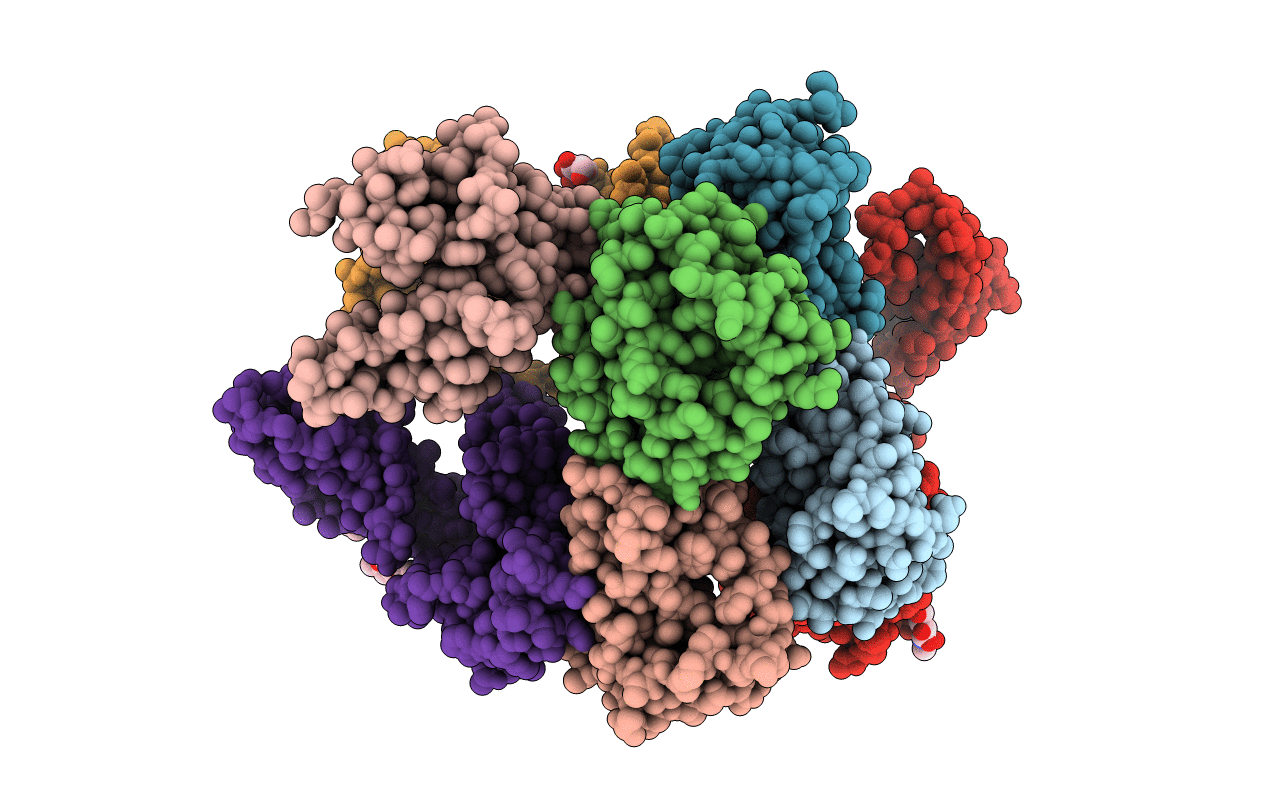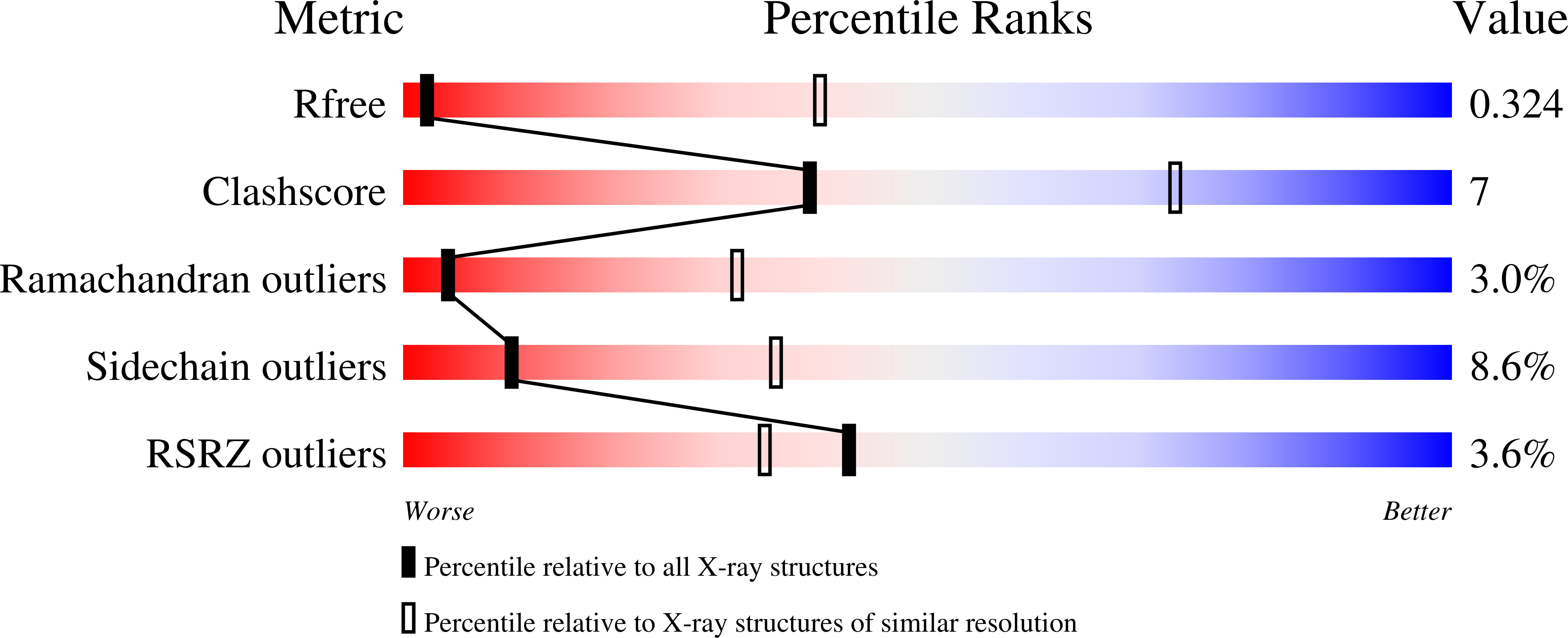
Deposition Date
2011-02-19
Release Date
2011-03-16
Last Version Date
2024-11-27
Entry Detail
PDB ID:
3QS7
Keywords:
Title:
Crystal structure of a human Flt3 ligand-receptor ternary complex
Biological Source:
Source Organism:
Homo sapiens (Taxon ID: 9606)
Host Organism:
Method Details:
Experimental Method:
Resolution:
4.30 Å
R-Value Free:
0.28
R-Value Work:
0.26
R-Value Observed:
0.26
Space Group:
P 1 21 1


